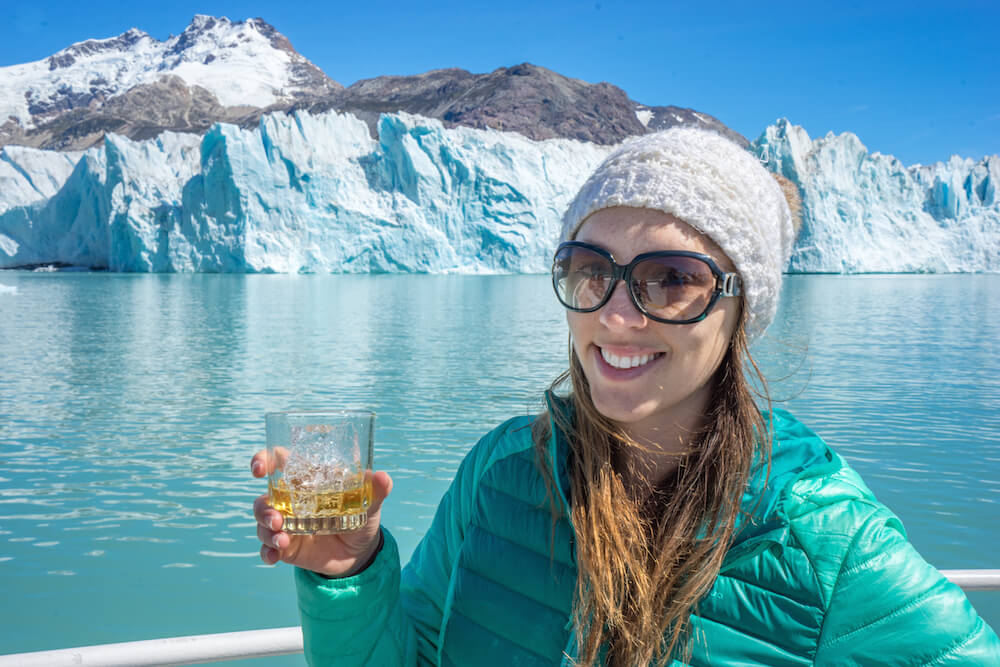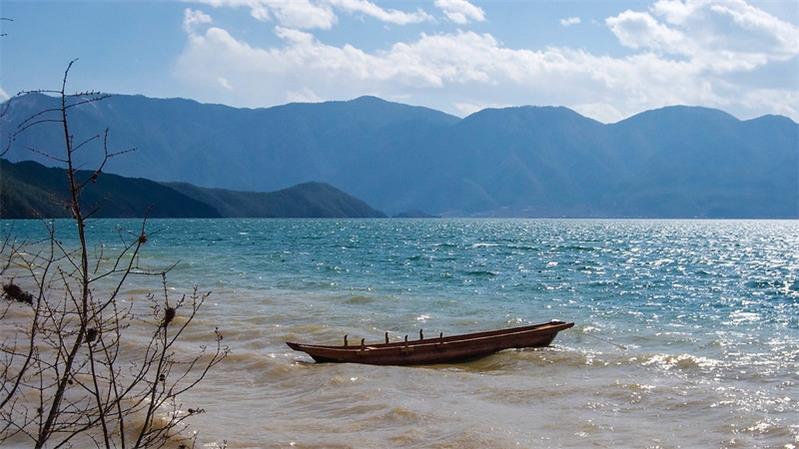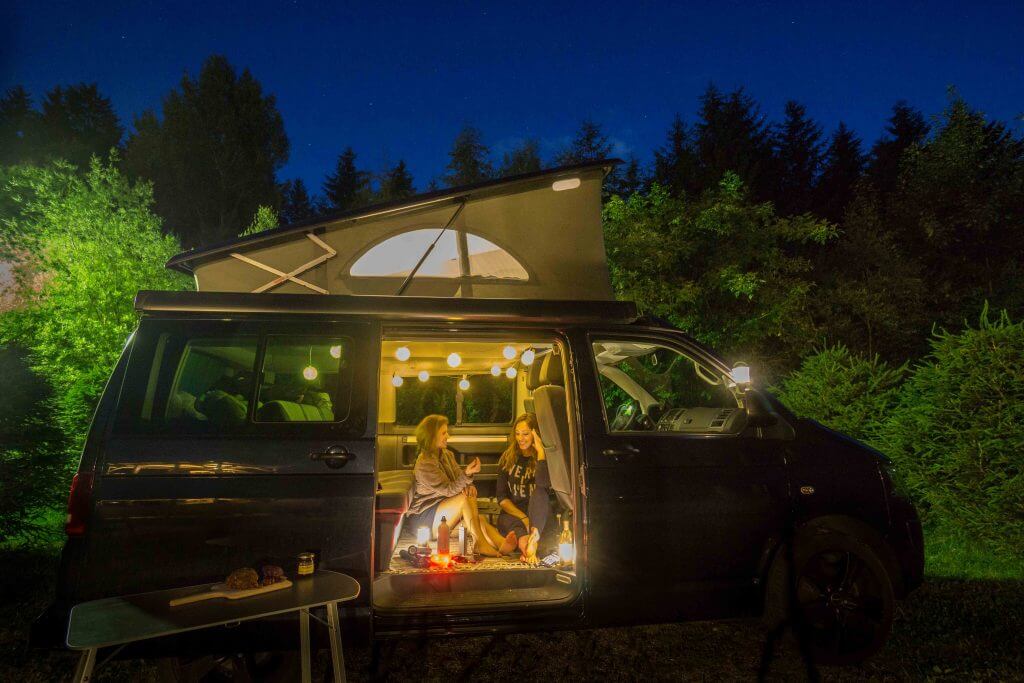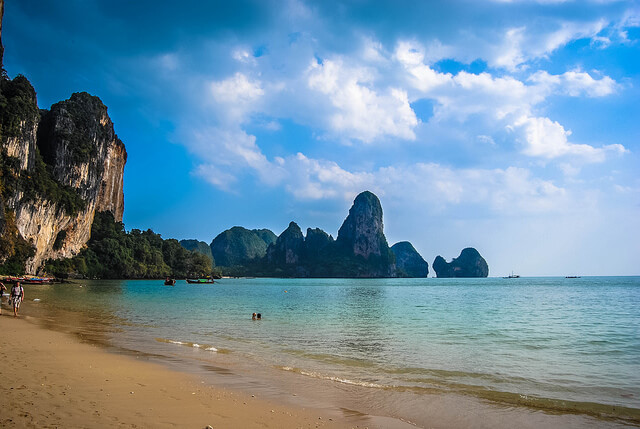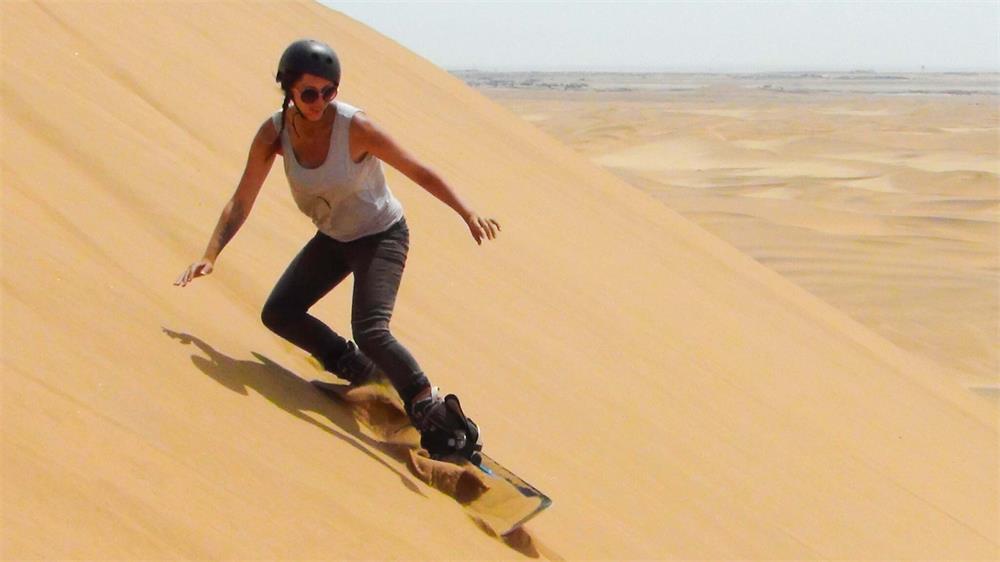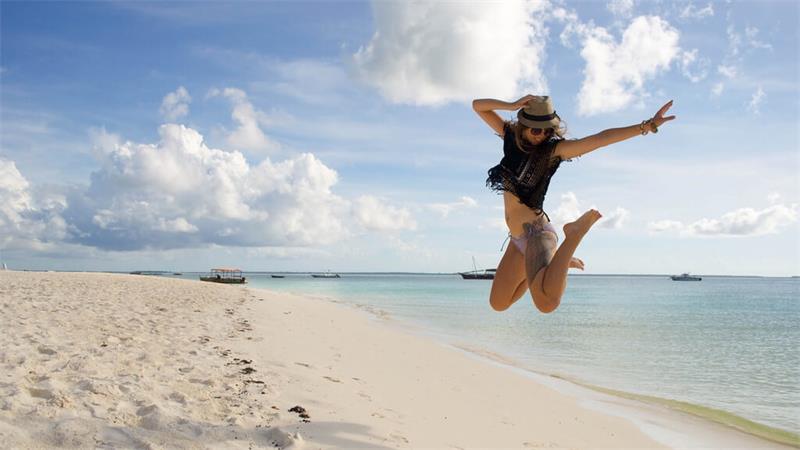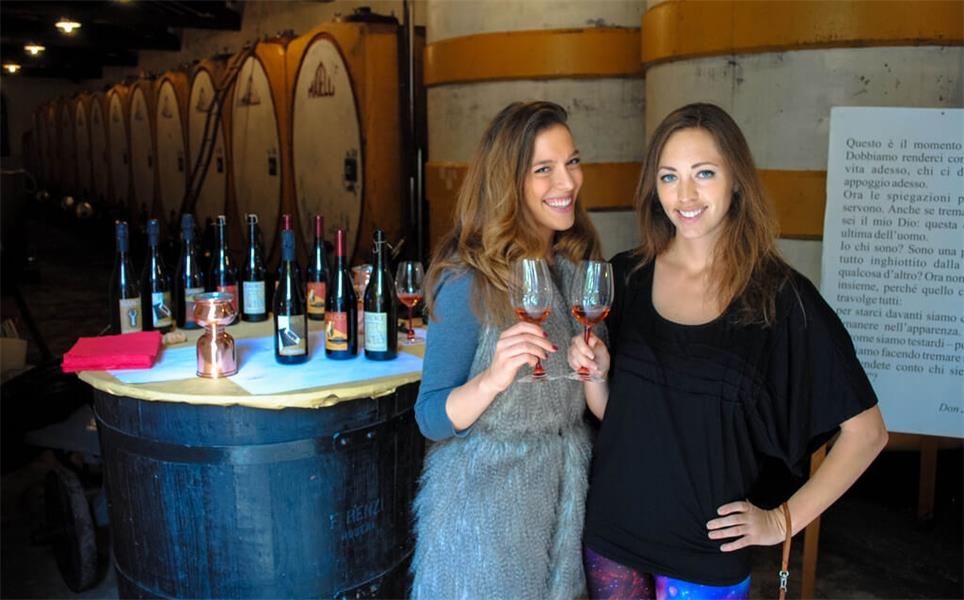
About a year ago, I posted an essay explaining how I can afford to travel. This was after I had finished my first year of continuous solo travel, and I have since done another ten months.
I still receive a lot of letters wondering how I finance this, which made me realize that I wasn’t being explicit enough – even to myself – previously. There were many aspects I hadn’t considered, most notably how my attitude to spending is fundamentally different today than it was previously.
I also haven’t completely detailed how I generate money from my blog, so I’ll be producing a 5-part series in the coming weeks on how I developed and started making money from my site.
Returning to the original question, how did I manage to continue traveling without working full-time?
I’ve maintained precise records of what I’ve made and what I’ve spent over the last several months so I can figure out exactly what has kept me going by earning around 10-20% (depending on the month) of what I did when I worked full time.
Wow. Take another look at that number. My annual income is now 10% of what it was previously! How am I surviving right now?
I noticed something after reviewing the data and keeping a tight eye on what I spent. The true issue is, “What the heck was I spending my money on before?”
Break it down:
I had a $25,000 debt to pay off after graduation. My tuition was paid, but I still needed to pay for things like housing, books, and food. While I was making a good living, I had to pay nearly half of it in taxes since I had no deductions for things like Medicare or Social Security, none of which helped me directly.
I still had to prepare for my own retirement since Social Security is insufficient, and I had to cover a large portion of my own medical bills because we don’t have socialized medicine in the United States, and Medicare is mainly limited to individuals over the age of 65. and much more.
What was left over was generally put towards living expenditures. I wasn’t a huge spender by Orange County, California standards, but I was by my present ones. I was always purchasing new outfits and shoes. I was always looking for deals, buying practically everything on sale, but that didn’t stop me from wearing designer labels. I still spent $25-100 on a shirt and considered myself to have done well.
I also went to all of the music festivals I wanted to go to, I went to Las Vegas (where I never had to pay anything after hotels and flights because of friends and promoter connections I had there, but still), and every now and then, I spent money on a big ticket item like Pilates certification, a $700 purse, or a $2,000 vacation. That didn’t matter because I earned enough money each month to pay off my credit card to zero without seeing a change in my bank account.
I used to spend $2,000 every week on vacation, but now it takes me nearly two months.
I also used to invest a lot, which I no longer do, and it is true that it is concerning. My objective for the next six months is to meet my expenditures, save some money, and invest some as well. If I am unable to attend, I must seriously examine other possibilities.
What I was spending at the time:
Health and wellness memberships cost roughly $150 per month for Pilates, yoga, spin, and gym memberships, and $65 per month for facials.
Phone: $75/month on my mobile phone plan (although I was grandfathered in at a reduced rate for being a customer for so long, most of my friends spent more than $100).
Connection costs $150 per month for cable TV and the Internet.
Rent and utilities are $700 per month for sleeping (incredibly cheap for my area and I was sharing a room; this helped immensely)
Transportation: $200 per month for petrol and insurance.
Shopping: at least $700 every month, if not more.
Meals costs between $3 and $10 for every meal. Food was not an exorbitant expense because prepared and processed meals are expensive, and I bought raw ingredients and cooked the majority of what I ate. When I ate out, it was typically rather inexpensive. When I ate out, it was typically rather inexpensive.
(By the way, here are some suggestions for lowering this and saving money for vacation.)
What I’m currently spending:
Health and well-being: I spent the summer in Berlin, where I bought a bike for 50 euros at a flea market and ride it everywhere, even an hour distant. I exercise at home without the use of gym equipment by combining Pilates videos from the internet with my training experience. I miss the classroom environment, but I can live without it. I miss getting facials, and it will be a pleasure for me whenever I have more money.
Phone: Typically approximately $15 per month (just $4 in Vietnam).
Connectivity: I no longer watch television and don’t miss it. The hostels where I stay have internet access.
Sleep: I normally stay at places that cost $5 to $10 per night. As a lone traveler, I enjoy staying at hostels since it is where I meet new people. I don’t mind if it’s not as comfy as a posh hotel room. I don’t mind at all, which is beneficial.
Transportation: varies, but seldom surpasses $100-200 per month unless I fly (which blows the whole budget right away)
Shopping: An average of $50 each month to replace inexpensive clothes and shoes or to get warmer clothing if necessary.
Meals costs between $1 and $10 for every meal. I eat street food (since it’s the same as what they offer at Vietnamese and Thai restaurants! Really!), inexpensive cuisine in Berlin, or I prepare at home
In conclusion
based on the comparisons, I’ve substantially simplified and reduced the cost of my life by residing in less expensive areas, but also by making alternative choices. Honestly? My life has not become any less affluent because I can no longer purchase $100 shirts. It’s richer now that I’m wearing my $5 outfit.
Most of these pricey items haven’t been worn in years, and I wouldn’t have worn any of them even if I lived at home and they were hanging in my wardrobe. Today I buy clothing and wear them once a week, maybe twice a week. They become used to death. I move on when they have a hole. I move on if I become weary of them. They’re inexpensive, which is OK.
I take the time to go for a stroll in a national park, read a book, write, sing, or dance. I hadn’t done these things in a long time. That required time that I did not have. I wanted to spend the money I had worked so hard for when I had time. I had to find a way out.
A wonderful post I recently read pointed out why this was the case:
The major businesses made their money by establishing a culture of hundreds of millions of people who purchase far more than they need and attempt to chase unhappiness with money, not by really promoting the advantages of their goods.
To summarise, I can advise you to purchase less coffee, go to the movies less, go out to bars less, or stop going to the mall, but the only way to afford to tour the globe is to change your perspective.
Can purchasing a latte get you closer to Vietnam? Will a new party dress make you more appealing than the other five you currently own? Very likely not, but a cultured viewpoint will. Because you’ve seen the globe, you’ll become a more intriguing person. Rather than believing that spending less restricts you, consider everything you don’t buy as making you wealthy.
It’s your ticket to the rest of the world.

